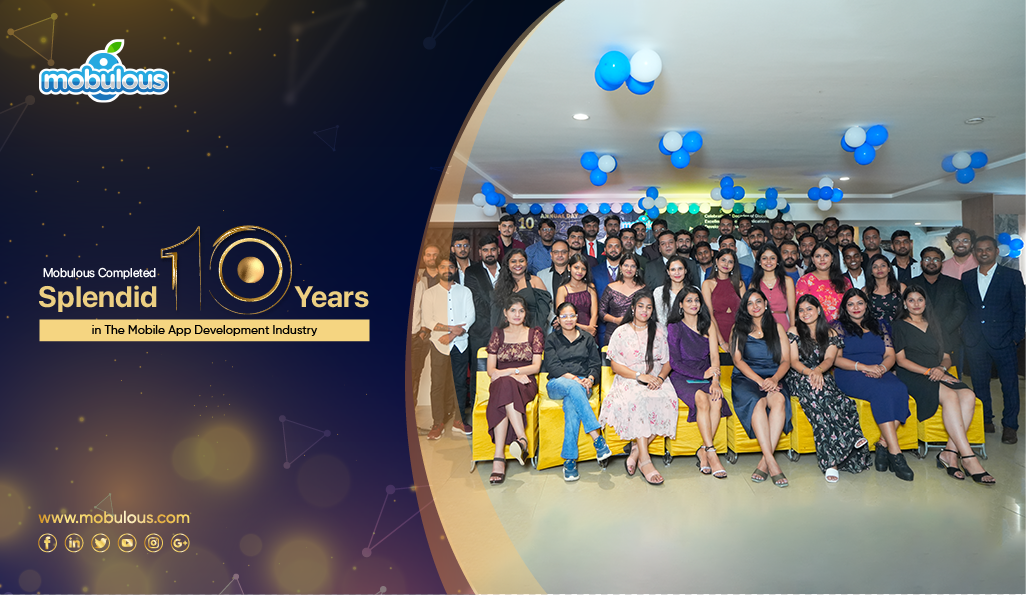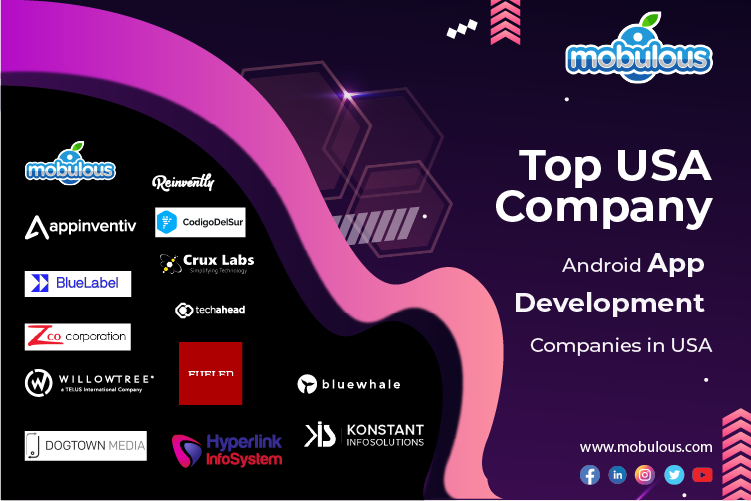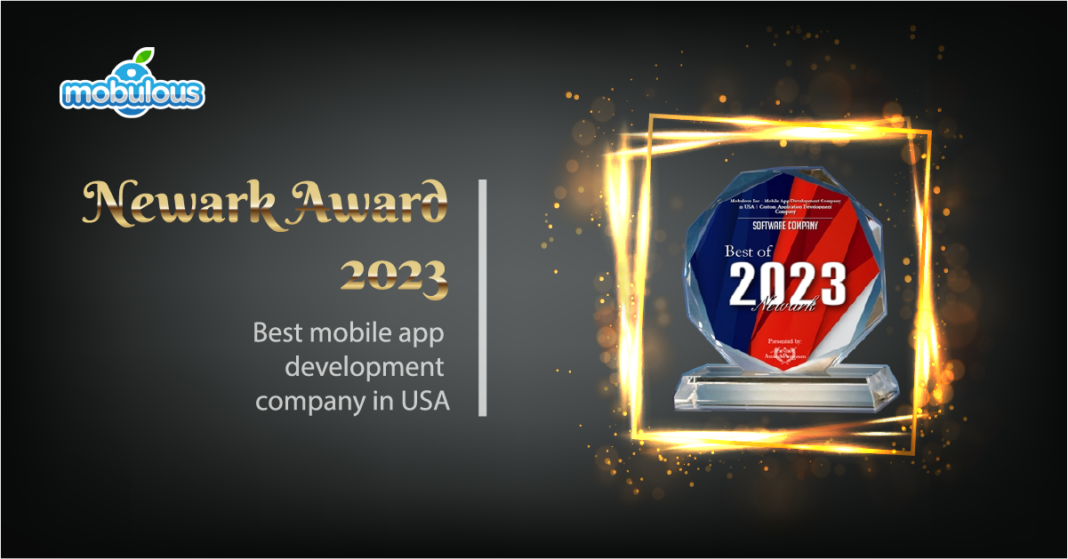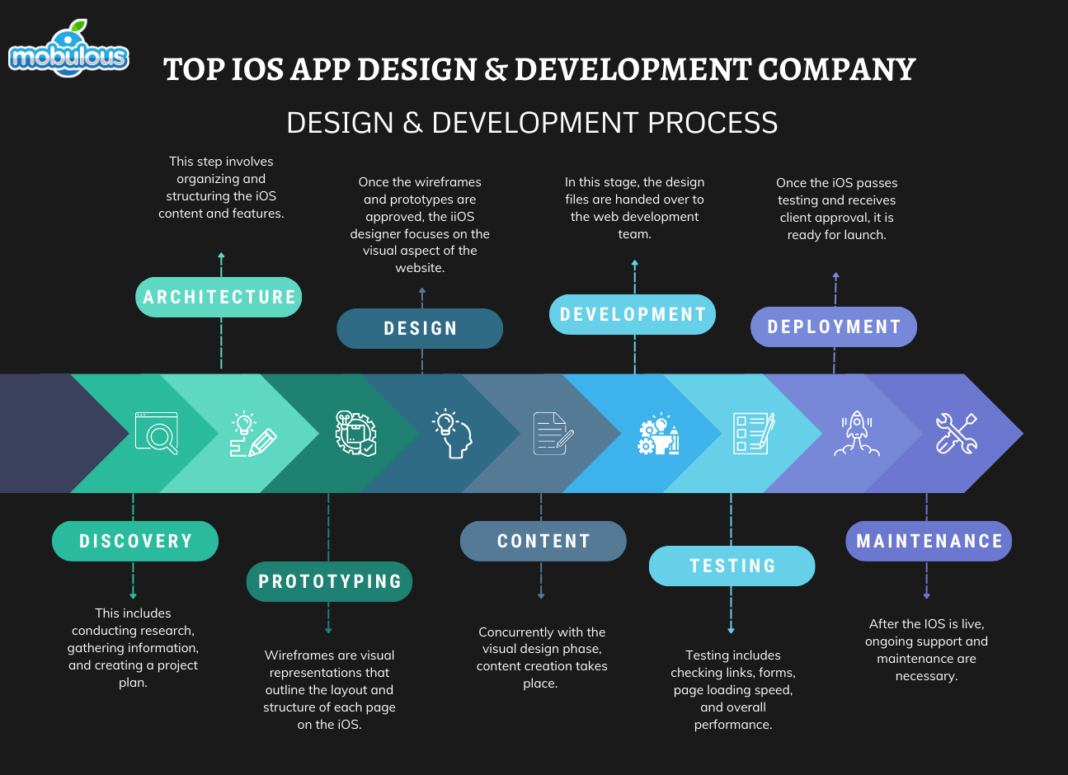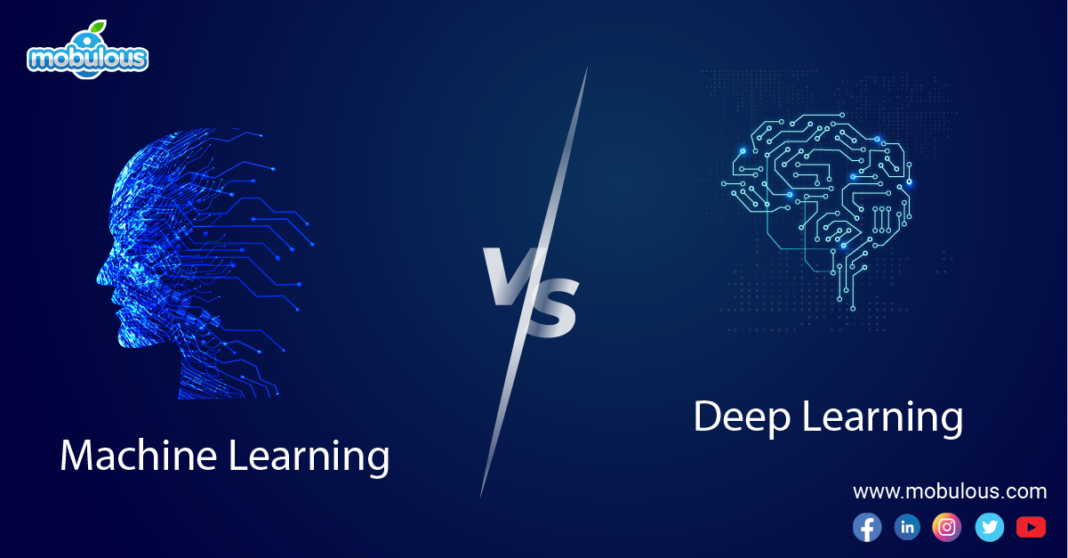What is Aviation Software Development?
Aviation software development is a specialized technological discipline focused on creating sophisticated digital solutions for the aerospace industry.
It involves designing, developing, and implementing complex software systems that support aircraft operations, navigation, communication, maintenance, and safety.
These intricate software platforms integrate advanced algorithms, real-time data processing, cybersecurity protocols, and compliance with stringent international aviation regulations to ensure optimal performance and reliability across various aerospace applications.
Benefits of Aviation Software Development
Aviation software development represents a critical technological advancement that transforms aerospace operations through innovative digital solutions and advanced computational strategies.
1. Enhanced Operational Efficiency
Sophisticated software platforms optimize flight operations, streamline navigation processes, and reduce manual interventions, significantly improving overall aircraft performance and operational productivity.
2. Advanced Safety Mechanisms
Intelligent software systems provide comprehensive risk assessment, real-time monitoring, and predictive maintenance capabilities, dramatically enhancing aircraft safety and reducing potential operational vulnerabilities.
3. Cost Reduction Strategies
Implementing advanced software solutions minimizes maintenance expenses, reduces fuel consumption, and enables more precise resource allocation through data-driven decision-making processes.
4. Real-Time Performance Monitoring
Cutting-edge software platforms enable continuous performance tracking, providing instantaneous insights into aircraft systems, environmental conditions, and operational parameters.
5. Regulatory Compliance Support
Comprehensive software development ensures seamless adherence to complex international aviation regulations, simplifying certification processes and maintaining the highest industry standards.
6. Technological Innovation
Advanced software development drives continuous technological innovation, introducing artificial intelligence, machine learning, and adaptive computational strategies in aerospace applications.
Main Features of The Aviation Software
Modern aviation software represents a sophisticated technological ecosystem designed to support complex aerospace operations and enhance overall industry performance. The crucial features of the aviation software are explained below one by one:
1. Advanced Navigation Systems
Sophisticated navigation software provides precise geographical positioning, route optimization, and real-time trajectory calculations using advanced satellite and computational technologies.
2. Flight Management Integration
Comprehensive flight management systems enable seamless coordination between various aircraft subsystems, ensuring optimal performance and efficient operational decision-making processes.
3. Predictive Maintenance Algorithms
Intelligent software platforms utilize machine learning algorithms to predict potential maintenance requirements, reducing downtime and enhancing overall aircraft reliability.
4. Cybersecurity Frameworks
Robust security protocols protect critical aviation systems from potential cyber threats, implementing advanced encryption and multi-layered defense mechanisms.
5. Data Analytics Capabilities
Advanced data processing technologies enable comprehensive performance analysis, generating actionable insights for continuous operational improvement and strategic decision-making.
6. Communication Protocol Management
Sophisticated communication software ensures seamless information exchange between aircraft, ground control, and satellite networks with maximum reliability and minimal latency.
7. Simulation and Training Modules
Innovative software platforms create immersive training environments, supporting pilot skill development and complex scenario modeling with high-fidelity simulations.
8. Regulatory Compliance Tools
Specialized software solutions facilitate comprehensive documentation, verification, and validation processes required for international aviation certification standards.
System Requirements For The Aviation Software Development
Developing aviation software demands robust computational infrastructure, including high-performance processors, extensive memory capabilities, secure cloud integration, and specialized development environments.
Critical requirements include compatibility with multiple hardware platforms, real-time processing capabilities, advanced encryption technologies, and compliance with DO-178C software considerations.
The system must support complex computational algorithms, manage massive data volumes, and maintain exceptional reliability across diverse operational scenarios.
How to Integrate Aviation Software With Existing System?
Integrating aviation software requires a strategic approach that ensures seamless compatibility, minimal disruption, and maximum operational efficiency across complex technological ecosystems. In order to integrate aviation software with the existing system, make sure to follow the below steps carefully:
1. Comprehensive System Assessment
Conduct a detailed evaluation of existing technological infrastructure, identifying potential integration challenges, compatibility constraints, and specific technical requirements to develop a precise migration strategy with minimal operational disruption.
2. API and Interface Development
Design sophisticated application programming interfaces (APIs) that enable smooth communication between new aviation software and legacy systems, ensuring data consistency, real-time synchronization, and comprehensive interoperability across different technological platforms.
3. Modular Integration Approach
Implement a modular integration strategy that allows gradual software implementation, enabling step-by-step system upgrades, minimizing operational risks, and providing flexibility for incremental technological transformation and adaptation.
4. Data Migration and Conversion
Develop robust data migration protocols that ensure seamless transfer of historical information, converting legacy data formats, maintaining data integrity, and ensuring complete compatibility with new software architecture.
5. Middleware Solution Implementation
Utilize advanced middleware technologies to create communication bridges between different software systems, facilitating smooth data exchange, standardizing communication protocols, and enabling comprehensive system interoperability.
6. Continuous Testing and Validation
Execute rigorous testing methodologies, including integration testing, performance validation, and comprehensive simulation scenarios to ensure absolute system reliability and identify potential compatibility challenges during integration processes.
7. Training and Change Management
Develop comprehensive training programs and change management strategies that support technological transition, ensuring smooth user adaptation, minimizing resistance, and maximizing organizational technological integration effectiveness.
Is Aviation Software Compatible With Both Desktop And Mobile Platforms?
Modern aviation software demonstrates exceptional cross-platform compatibility, leveraging advanced cloud technologies and responsive design principles.
Sophisticated development approaches enable seamless functionality across desktop environments, tablet interfaces, and iOS app development and Android app development platforms, ensuring consistent user experience and real-time data accessibility for aviation professionals operating in diverse technological ecosystems.
What Security Features Does The Software Provide To Protect Data?
Advanced aviation software implements comprehensive security measures to protect critical operational information and prevent unauthorized access. Below are the advanced security features the aviation software provides in order to protect data:
- Implements advanced encryption protocols protecting sensitive data transmission channels.
- Develops robust user authentication systems with multi-factor verification processes.
- Integrates sophisticated network security barriers against potential cyber threats.
- Maintains continuous software vulnerability monitoring and immediate security patch deployment.
- Establishes granular user permission systems restricting unauthorized system interactions.
- Monitors network activities, identifying and preventing potential security breaches automatically.
Can The Software Be Customized To Suit Specific Aviation Business Needs?
Aviation software offers extensive customization capabilities, allowing businesses to tailor technological solutions to their unique operational requirements.
Advanced modular architectures enable precise configuration of features, interfaces, and functionality, ensuring alignment with specific industry segments, organizational workflows, and strategic objectives.
Sophisticated development approaches support comprehensive customization while maintaining core system reliability and performance standards.
Does The Aviation Software Provide Real-Time Data And Analytics?
Aviation software delivers comprehensive real-time data and analytics through sophisticated technological platforms that capture, process, and visualize critical operational information instantaneously.
Advanced sensors and interconnected systems enable continuous monitoring of aircraft performance, fuel consumption, navigation parameters, and environmental conditions.
Intelligent dashboards provide instant insights, transforming raw data into actionable intelligence for pilots, maintenance teams, and flight operations managers, supporting dynamic decision-making and proactive operational management across complex aerospace ecosystems.
Does The Aviation Software Support Multi-Location Operations Or Global Fleets?
Advanced aviation software architectures are specifically designed to support seamless multi-location and global fleet management.
Sophisticated cloud-based platforms enable real-time data synchronization, centralized monitoring, and comprehensive operational coordination across diverse geographical regions.
These technologies provide unified communication channels, standardized reporting mechanisms, and integrated management systems that ensure consistent performance, compliance, and operational efficiency for international aviation organizations managing complex, distributed operational networks.
What AI or Machine Learning Features Are Integrated Into The Software?
Artificial intelligence and machine learning technologies are revolutionizing aviation software, introducing intelligent computational strategies that enhance operational capabilities and predictive performance.
- Predictive maintenance algorithm development.
- Real-time performance optimization models.
- Intelligent route planning systems.
- Automated anomaly detection mechanisms.
- Advanced flight pattern learning.
Can The Software Predict And Prevent Operational Delays or Disruptions?
Sophisticated aviation software employs advanced predictive analytics and intelligent algorithms to anticipate and mitigate potential operational disruptions.
By analyzing historical data, real-time environmental conditions, and complex performance metrics, these systems can forecast potential delays, recommend proactive maintenance interventions, and optimize flight schedules.
Machine learning models continuously refine prediction accuracy, enabling aviation organizations to minimize unexpected interruptions and enhance overall operational reliability and efficiency.
Is There An API Available For Third-Party Integrations?
Advanced aviation software platforms offer comprehensive API ecosystems that enable seamless third-party integrations.
These robust application programming interfaces provide standardized communication protocols, allowing external systems to connect, exchange data, and extend software functionality across diverse technological environments with secure, scalable, and well-documented integration mechanisms.
How Is Real-Time Data Synchronization Handled In The Software?
Real-time data synchronization represents a critical technological challenge in aviation software, requiring sophisticated infrastructure to ensure instantaneous, secure, and reliable information exchange across complex operational networks.
1. Cloud-Based Synchronization Architecture
Implement sophisticated cloud infrastructure that enables instantaneous data transmission across multiple platforms, utilizing distributed computing technologies to ensure real-time information exchange with minimal latency and maximum reliability.
2. Advanced Network Protocol Management
Develop comprehensive network communication protocols that optimize data transmission, implementing intelligent routing mechanisms, bandwidth management, and adaptive synchronization strategies for seamless information distribution.
3. Distributed Database Synchronization
Create intelligent database synchronization mechanisms that ensure consistent data representation across multiple geographical locations, implementing advanced conflict resolution and data consistency algorithms.
4. Edge Computing Integration
Leverage edge computing technologies to process and synchronize data closer to source points, reducing transmission delays and enhancing overall system responsiveness and operational efficiency.
5. Redundant Communication Channels
Establish multiple communication pathways with automatic failover mechanisms, ensuring continuous data synchronization even during potential network interruptions or connectivity challenges.
6. Compression and Bandwidth Optimization
Implement advanced data compression techniques and intelligent bandwidth management strategies to maximize synchronization efficiency and minimize network resource utilization.
7. Security-Enabled Synchronization
Develop robust security protocols that protect data integrity during synchronization, implementing encryption, authentication, and comprehensive verification mechanisms for secure information exchange.
Does The Aviation Software Support Modular Development For New Features?
Aviation software architectures are designed with advanced modular development frameworks, enabling seamless feature integration and customization.
These flexible platforms support plug-and-play component additions, allowing organizations to extend functionality without disrupting core system operations.
Sophisticated software design principles ensure comprehensive compatibility, rapid development cycles, and minimal implementation complexity for emerging technological requirements.
Are There Version Control Guidelines For Collaborative Aviation Software Development?
Collaborative aviation software development follows stringent version control protocols, utilizing advanced repository management systems.
Comprehensive guidelines ensure systematic code tracking, branching strategies, and collaborative development processes.
These frameworks maintain code integrity, facilitate team collaboration, and support rigorous compliance with aviation industry standards.
How Is Fault Tolerance Implemented For Critical Aviation Operations?
Fault tolerance represents a critical technological strategy ensuring continuous system reliability and operational safety in high-stakes aviation environments, demanding comprehensive resilience and intelligent failure management approaches.
1. Redundant System Architecture
Implement multi-layered hardware and software redundancy, creating parallel processing systems that automatically activate backup components during potential failure scenarios, ensuring continuous operational capabilities.
2. Automatic Error Detection
Develop sophisticated error detection algorithms that instantaneously identify potential system anomalies, implementing immediate diagnostic procedures and automated recovery mechanisms to prevent operational disruptions.
3. Graceful Degradation Mechanisms
Design intelligent system architectures capable of maintaining essential functionalities during partial component failures, ensuring critical operational parameters remain accessible and functional.
4. Comprehensive Failover Protocols
Create advanced failover strategies that seamlessly transition between primary and backup systems, minimizing performance interruptions and maintaining absolute operational continuity during potential technological challenges.
5. Real-Time Monitoring Systems
Establish continuous monitoring frameworks that track system performance, predict potential failure points, and proactively implement preventive maintenance strategies to ensure maximum operational reliability.

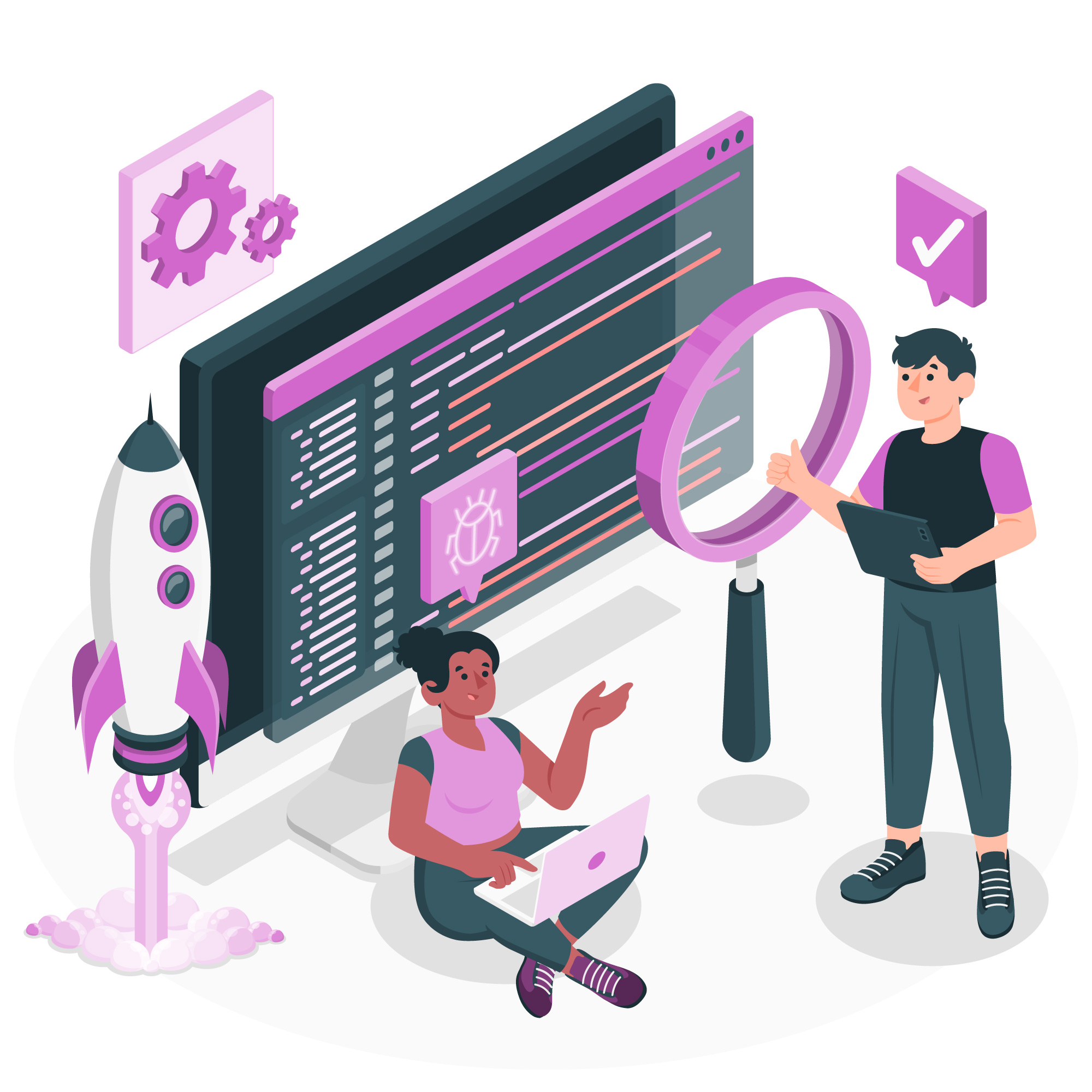

 Industry Diversified
Industry Diversified 














